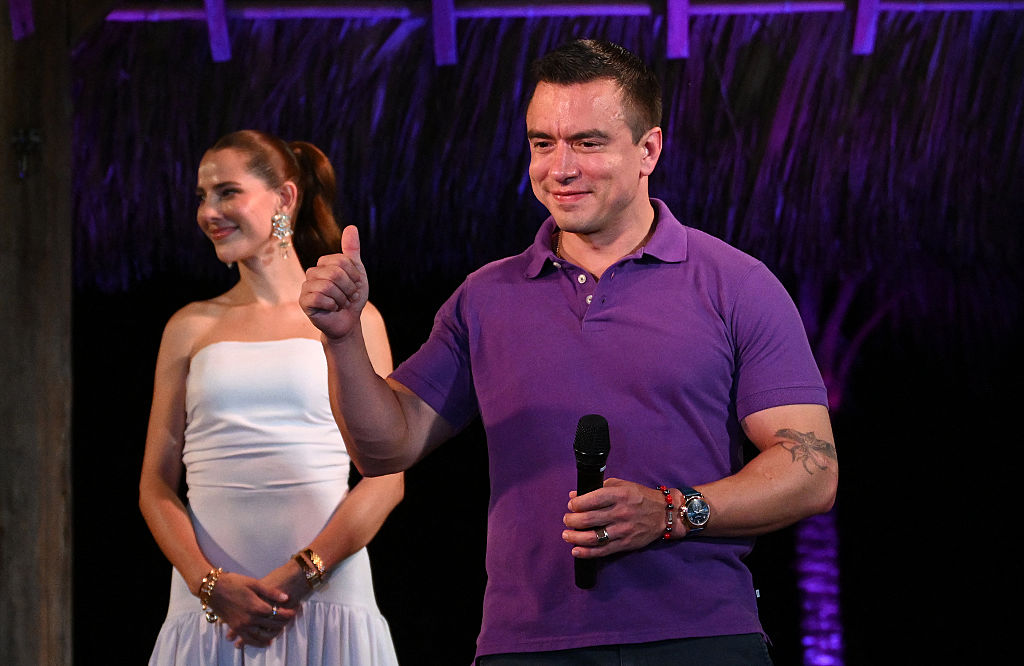5 Charts: AMLO's Wave Washes over Mexico
5 Charts: AMLO's Wave Washes over Mexico
MORENA, the party of President-elect Andrés Manuel López Obrador, saw sweeping wins on election day at both the state and federal level.
Updated July 9, 2018—Before Mexico’s election, Andrés Manuel López Obrador traveled across the country, holding rallies and calling on his supporters to back his party MORENA for posts all down the ballots.
It appears they took note. From coast to coast, a wave of MORENA votes washed across the country, cementing the party as the country’s soon-to-be main political force—a remarkable shift, given that it didn’t even exist in the last round of general elections in 2012.
Of course, the win came at the cost of the other main parties. Bogged down by voter exhaustion with violence and corruption, the once-mighty, governing Institutional Revolutionary Party (PRI) failed to win the presidential vote in any of Mexico’s 32 states. Ricardo Anaya of the conservative National Action Party (PAN) came in second overall but ended up being his party's weakest candidate in decades. And the leftist Party of the Democratic Revolution (PRD), gained little by forming a left-right alliance with the PAN. Instead, the PRD, López Obrador’s former party, has found itself dangerously close to losing its party registration and losing all the governorships it held, as well as the leadership of Mexico City.
We take a look at the MORENA tsunami in five charts. Get more about the July 1 vote in our Mexico election guide.
1) López Obrador, or AMLO, was the first candidate in 30 years to win more than half of the ballots cast, capturing just over 53 percent, per the electoral agency’s results. That put him 30 points ahead of Anaya and more than 35 points above the governing PRI’s José Antonio Meade. The last time a president garnered more than half the vote was in 1988, when Carlos Salinas de Gortari won with 50.74 percent in an election marred by fraud allegations that left the final counts in doubt.
2) Despite doubts that AMLO’s victory would be as wide as it was, pollsters forecasted the gap. Here we compare the results to figures of final polls days ahead of elections. (For more on polls, check out our Mexico poll tracker.
3) Voters made AMLO the top presidential candidate in 31 of 32 states, with the only exception being Anaya’s win in Guanajuato—where the first PAN President Vicente Fox served as governor (1995–1999). Anaya came in third in 12 states. Overall, the PRI experienced its lowest level of support for a presidential candidate ever, coming in third in 19 states and experiencing losses in areas considered PRI bastions.
4) Looking beyond the presidency, MORENA’s coalition (Together We’ll Make History) also appears poised to sweep both houses of Congress. A final vote tally will determine the exact number of seats for each house and corresponding seats assigned according to proportional representation (200 out of 500 seats in the lower house; 32 out of 128 in the Senate). But preliminary results project that Together We’ll Make History will have an absolute majority in both the Senate and the Chamber of Deputies.
MORENA’s win is again the PRI’s loss. The governing party currently is the one with the largest portion of seats in both houses, but its Everyone for Mexico coalition will become the third force after legislators take office in September.
5) Out of Mexico’s 32 states, eight held gubernatorial races while Mexico City picked a head of state. Again, MORENA came out the biggest winner, winning five of those nine seats in alliances with other parties. Candidates from the PAN—also in coalitions with other parties—won three. Citizen’s Movement, a small, left-leaning party, picked up one state, although the victor, Enrique Alfaro Ramírez, cut ties with the party just a few days later on July 6. The PRI did not win in any of those races and lost the two seats it held.
Learn more about the gubernatorial races in a post-election update.
Charts by Elizabeth Gonzalez. Text by Carin Zissis









